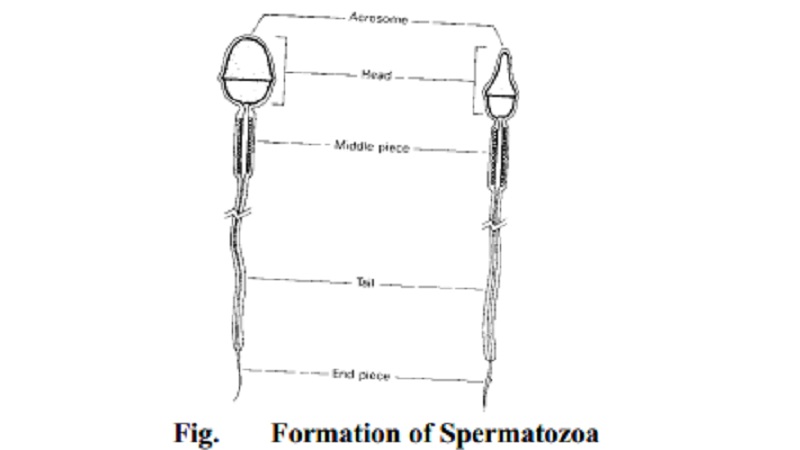Chapter: 11th 12th std standard Class Nursing Health Care Hospital Hygiene Higher secondary school College Notes
A Review of Male reproductive organs

A Review of Male reproductive organs
Male
reproductive organs are the following:
1.
Scrotum:It is the
hanging skin sac in between the thighs. It
is formed of pigmented skin and has two compartments, in which are
suspended two testes.
2.
Testes:A pair of
sex glands - two testes are suspended in the scrotum by spermatic cord. Each testes is whitish, ovoid solid
gland. They are the male gonads and produce spermatozoa and testosterone. The
testosterone hormone is responsible for the secondary sexual characteristics of
male. It is also responsible for production of sperms, along with the follicle-stimulating
hormone.
There are three layers in the testes.
· Tunica
vasculosa is an inner layer of
connective tissue.
Tunica albuginea is the fibrous covering, which divides the
testes in to 200-300 lobules.
Tunica
vaginalis is the outer covering, which is made up of peritoneum.
Seminiferous
tubules: These are the place where spermatogenesis or the production of
sperm takes place. These tubules join to form a system of channels, which lead
to the epididymis.
Epididymis:
It is a coiled tube traveling down
to the lower pole of the testes
where it leads into the vas deferens. The spermatic cord transmits the deferent
duct up into the body. The function of the deferent duct or vas deferens is to
carry the sperm to the ejaculatory duct.
The seminal
vesicles are two pouches situated posterior
to the bladder. They produce a
viscous secretion to keep the sperm alive and motile.
Ejaculatory ducts are small muscular ducts to carry the spermatozoa and the seminal fluids to the urethra.
1.
Prostate gland produces
a thin lubricating fluid, which enters the
urethra through ducts. Prostate glands surround the urethra at the base of the
bladder lying between the rectum and the symphysis pubis.
2.
The penis: The
root lies in the perineum, from where it
passes forward below the symphysis pubis. It carries the urethra for the
passage of both urine and semen.
The male hormones:
Under the influence of the gonadotrophic releasing hormone
from the hypothalamus, the anterior pituitary gland produces follicle
stimulating hormone (FSH) and luteinising hormone (LH). FSH acts on the
seminiferous tubules to bring about the production of sperm. LH acts on the
interstitial cells, which produce testosterone.
Testosterone is responsible for the secondary sex
characteristics such as deepening of the voice, growth of the genitalia and
growth of the hair on the chest, pubis, axilla and face.
Formation of Spermatozoa:
Production of sperm begins at puberty and continues
throughout adult life. Spermatogenesis takes place in the seminiferous tubules
under the influence of FSH and testosterone. The matured sperms are stored in
the epididymis and the vas deferens until ejaculation. At each ejaculation, 2-4
ml of semen is deposited in the vagina. The seminal fluid contains about 100
million sperms per ml, which move at a speed of 2-3mm per minute. The
individual sperm has a head, a body and a long mobile tail. The sperm has an
acrosome, which contains enzymes to dissolve the covering of the ovum in order
to penetrate it.
Related Topics